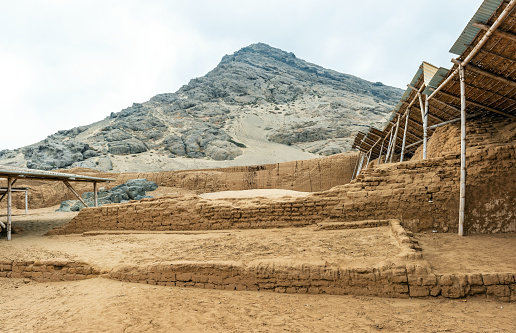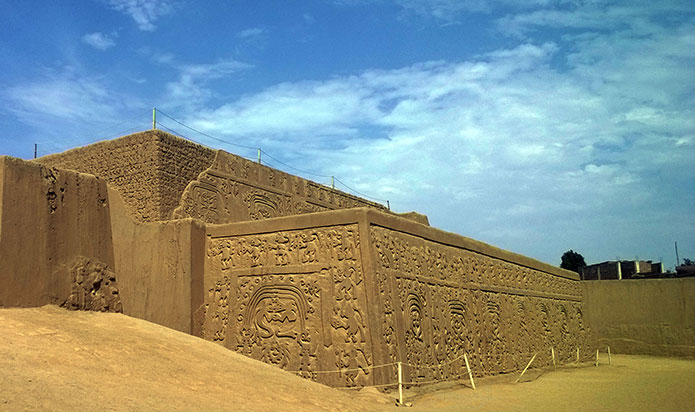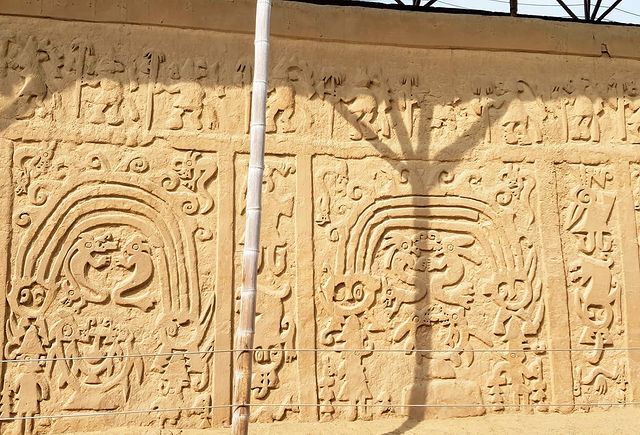CITY OF TRUJILLO
It is the capital of the department of La Libertad, it is known as the “city of the eternal spring”. It is a coastal city, a colony known for having been the first to gain independence from Spain. One of its archaeological sites, the adobe city of Chan Chan, has been declared a World Heritage Site.
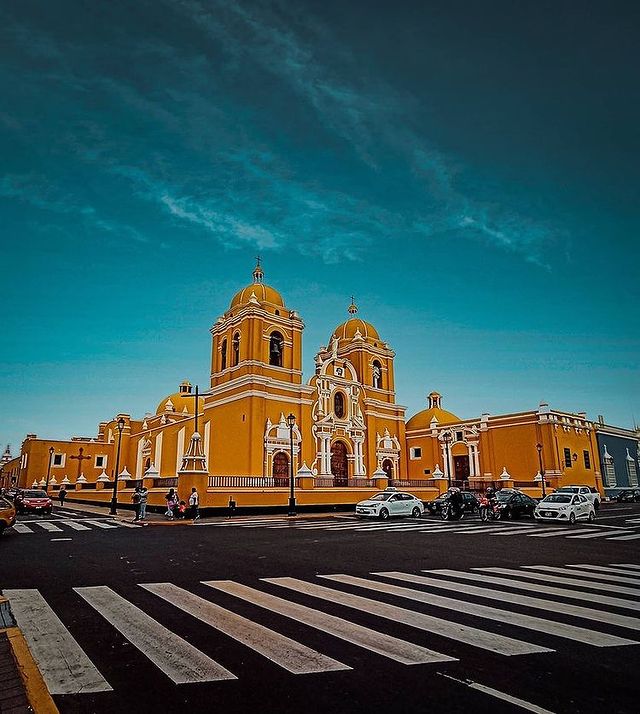
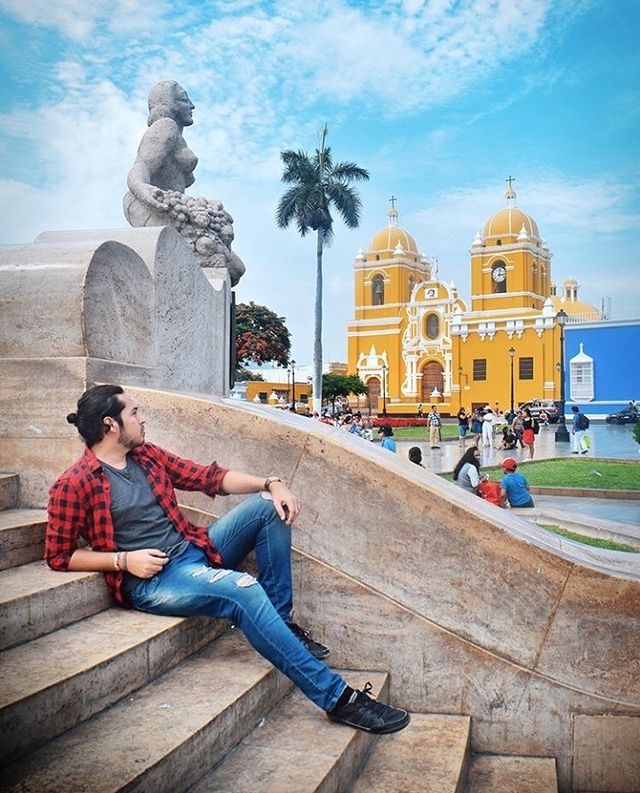
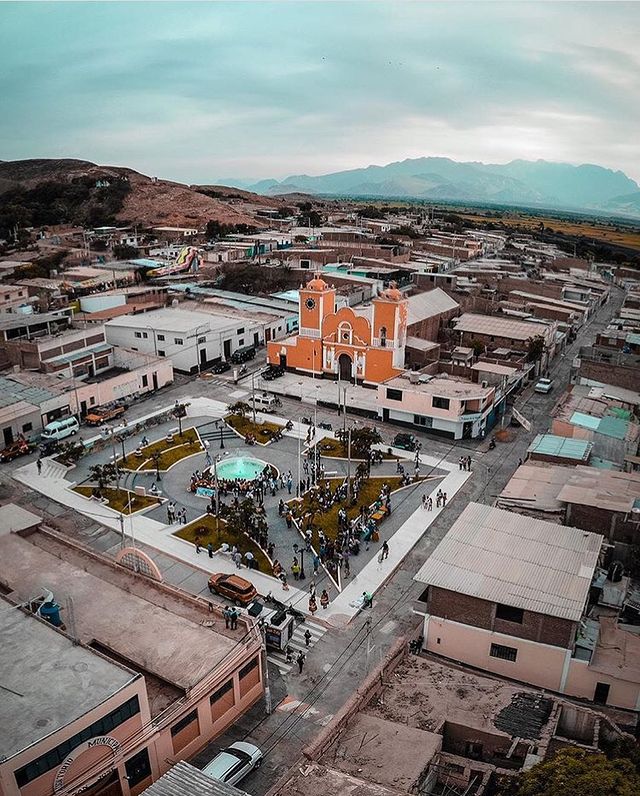
LOCATION
Trujillo is located in the North West of Peru. The department of La Libertadad has an altitude ranging between 3 m.a.s.l. and 4008 m.a.s.l.
HOW TO GET TO TRUJILLO FROM LIMA?
We give you 2 options to get to the city of Trujillo
- By air: In the city of Trujillo there is the airport “Capital FAP Calos Martinez Pinillo”, which is located near Huanchaco at 13 km.
- By land: The city of Trujillo is connected to the Panamerican Highway, which can be reached from the north to Tumbes and Ecuador, and from the south through Lima to Chile.
CURRENCY
Sol ( S/ ). is the official currency of Peru.
CLIMATE
Summers are short, hot and cloudy, winters are long, comfortable and partly cloudy and the climate is dry all year round. Temperatures generally range from 17 °C to 26 °C.
TRANSPORT
Public transport in Trujillo consists of minibuses and buses. These, which have a determined route. These can be hired privately for tours.
The taxis in Trujillo are only yellow painted units with a taximeter, the fare is agreed upon before the transfer.
ACCOMMODATION
The recommended areas in Trujillo are the Historical Centre of Trujillo, which is one of the best places to stay. As well as Huanchaco and the beach area.
WHAT TO DO IN TRUJILLO
1.-Walk around the Historic Centre of Trujillo
Trujillo is surrounded by beautiful and numerous monuments, being the city where the Spanish foundation took place, Trujillo has in its historical centre a series of attractions worth visiting. Like the Plaza de Armas where there is a sculpture made in marble, called the monument to freedom, we can also observe a beautiful building of yellow colour of a colonial style being the Central Cathedral, however, it is not the only church, since there is also the church of San Agustín, Santo Domingo or San Francisco.
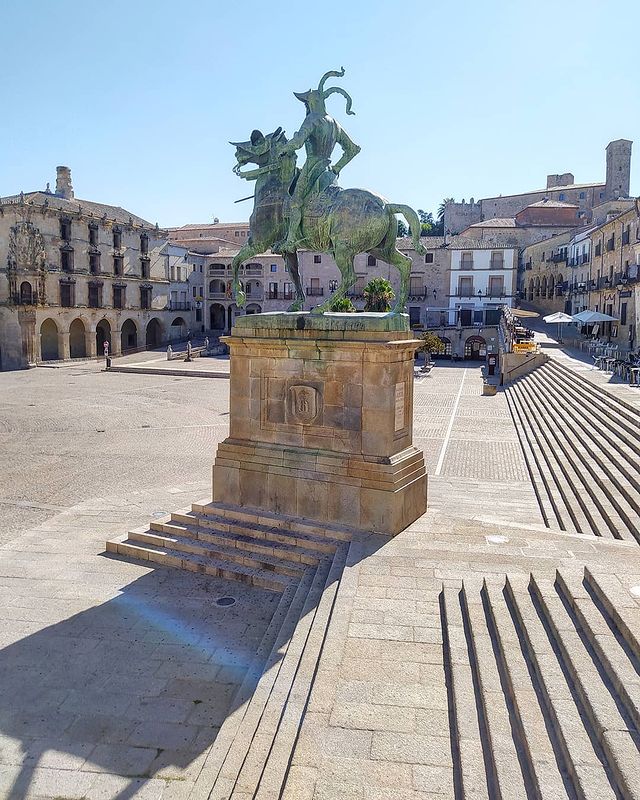
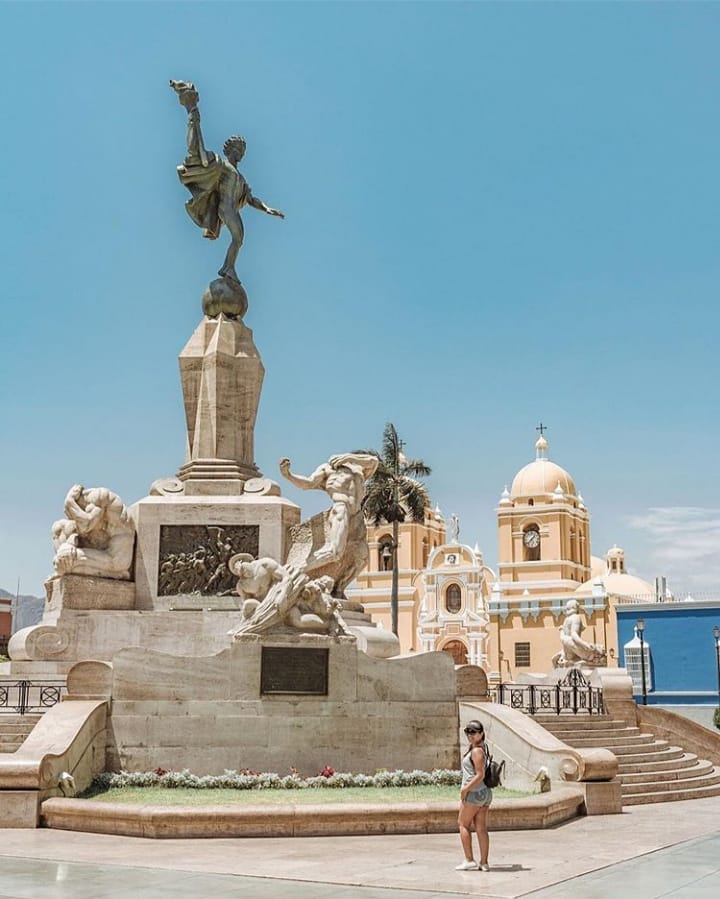
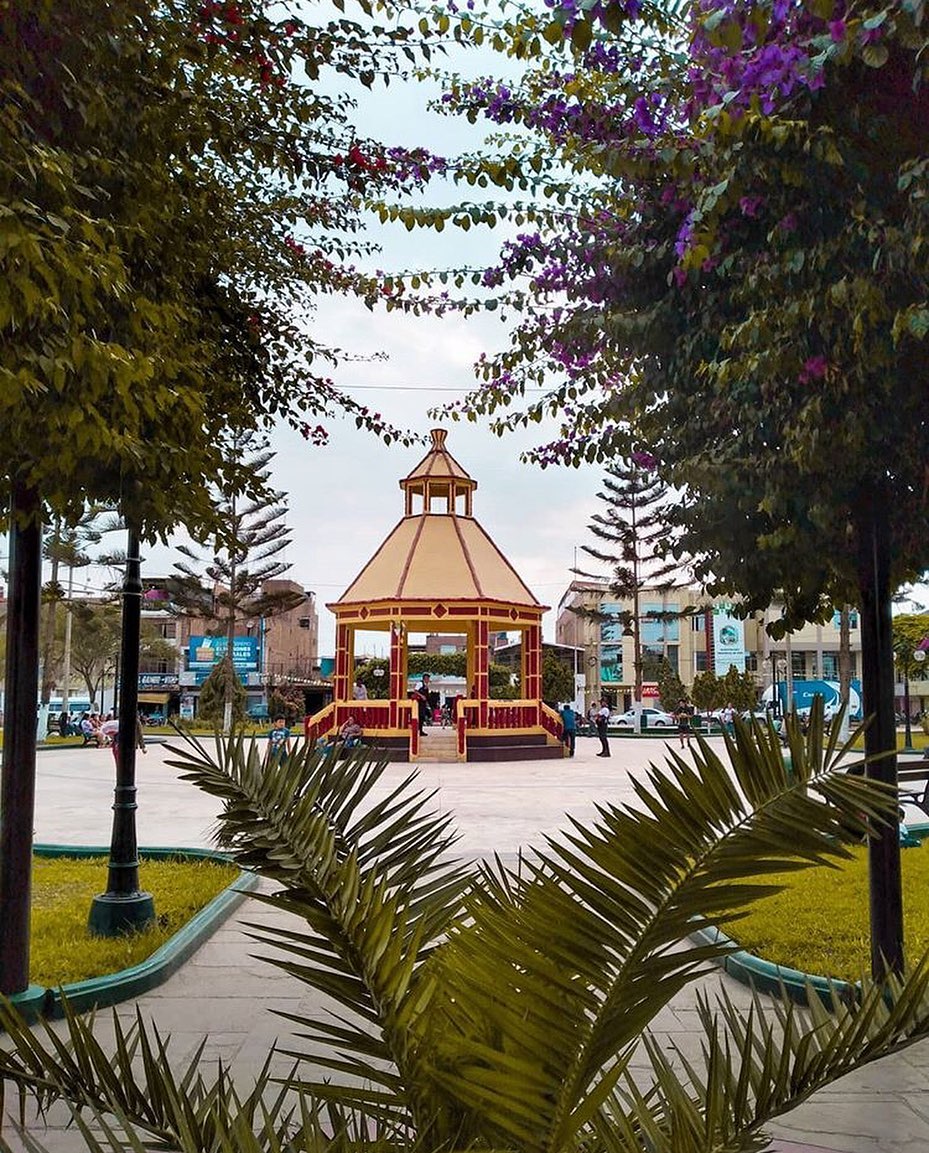
2.-The Lady of Cao
The Dama de Cao is one of the latest discoveries made in the Zona del Brujo. This discovery was made in 2004 in which 5 tombs were found, the largest and deepest of which contained the bundle of a very important personage of the Moche elite, which attracts attention due to the biological sex of the personage.
This discovery is compared to that of the Lord of Sipan. Visiting the museum is an experience not to be missed, as it is clean, tidy, and the Huaca is well kept.
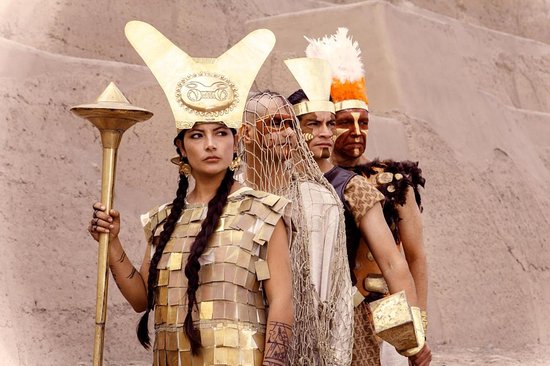
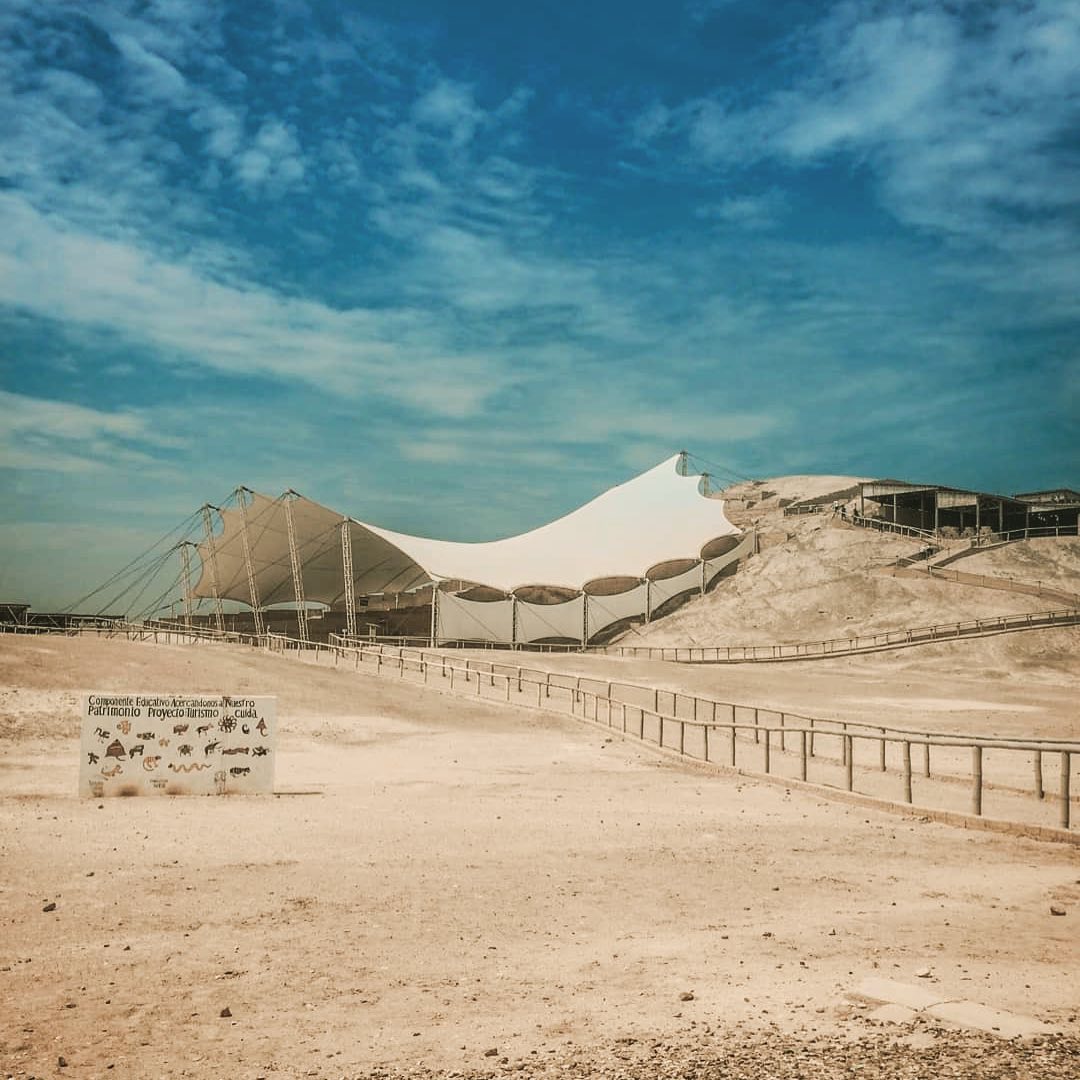

3.-Visit the Archaeological Complex El Brujo
It is one of the standards in history and culture of the Peruvian north.
This sacred place hides unimaginable places that only a visit to the archaeological site can solve.
It is located in the valley of the Chicama River at 1 hour from the city of Trujillo. It consists of two big buildings of the Moche period like the Huaca Cao Viejo with the Huaca Cortada and the Huaca Prieta. Once you are in this mystical place, enjoy the cultural goodness it has to offer.
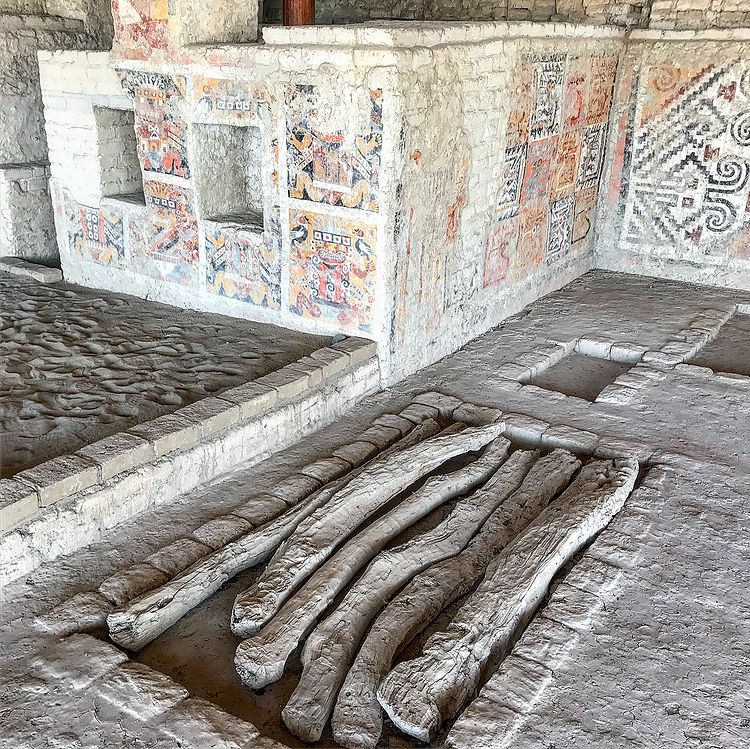
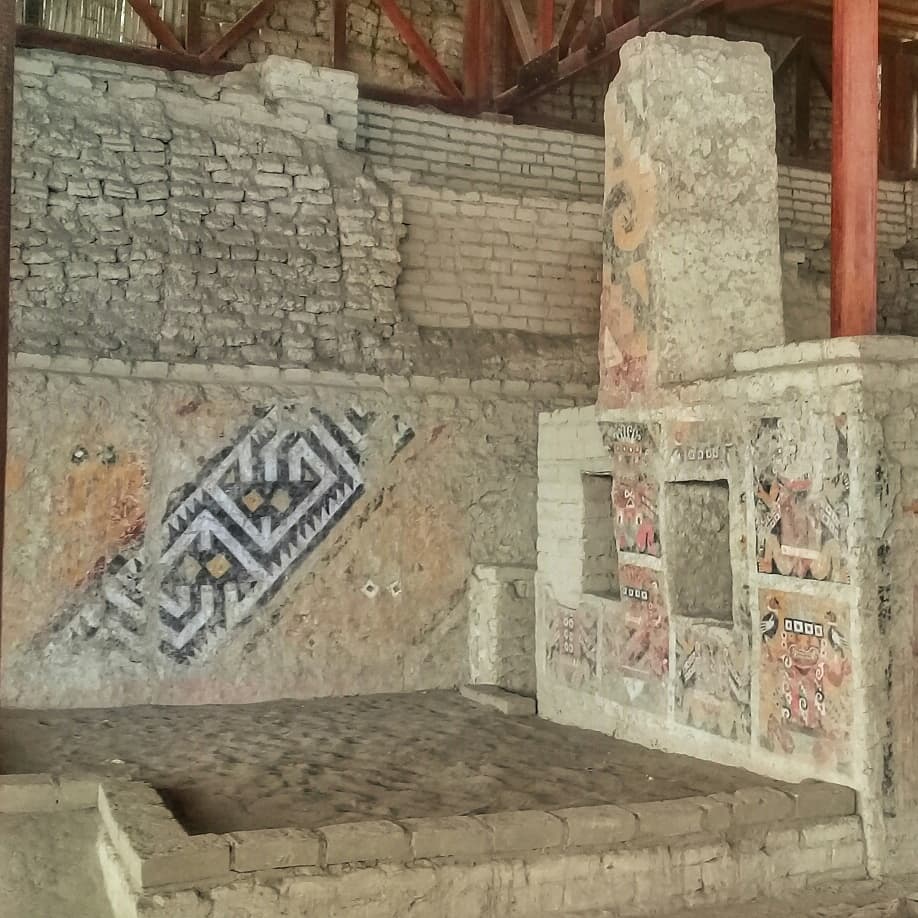
4.- Visit Huanchaco.
It is a seaside resort located in the north of Peru. The resort is visited not only by those who are looking for a relaxing moment by the sea, but also by surfing and adventure sports fanatics.
Historically, the seaside resort of Huanchaco was home to the Moche and Chimu cultures. From these cultures we have cultural expressions such as the Caballito de Totora, with which the ancient inhabitants of Huanchaco challenged the waves.
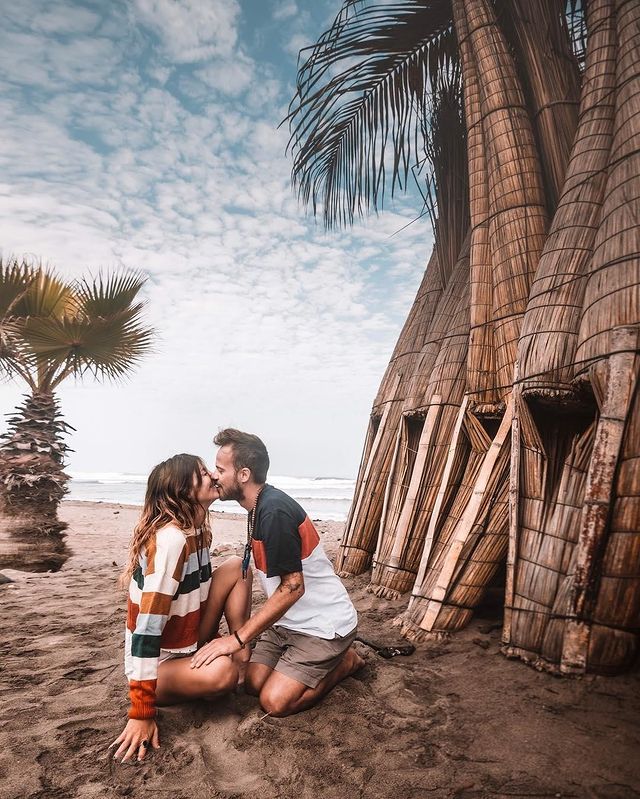
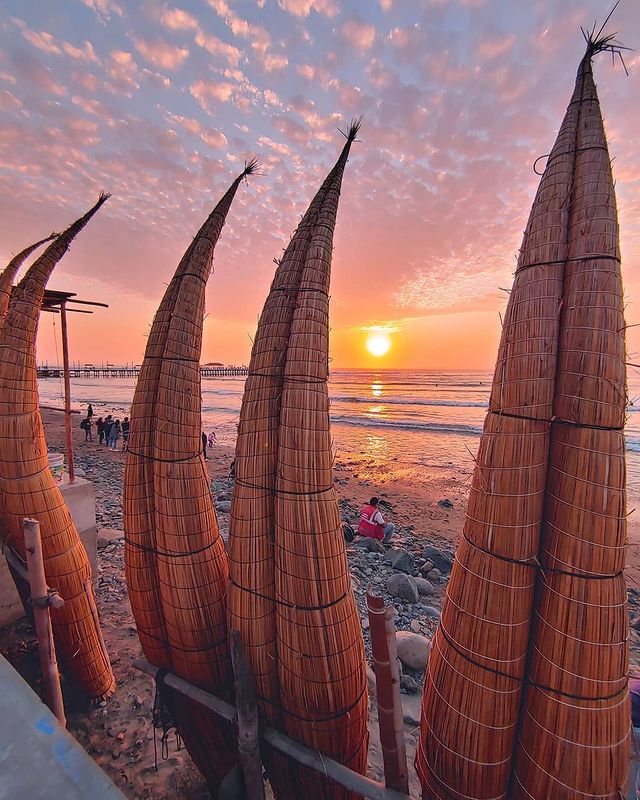
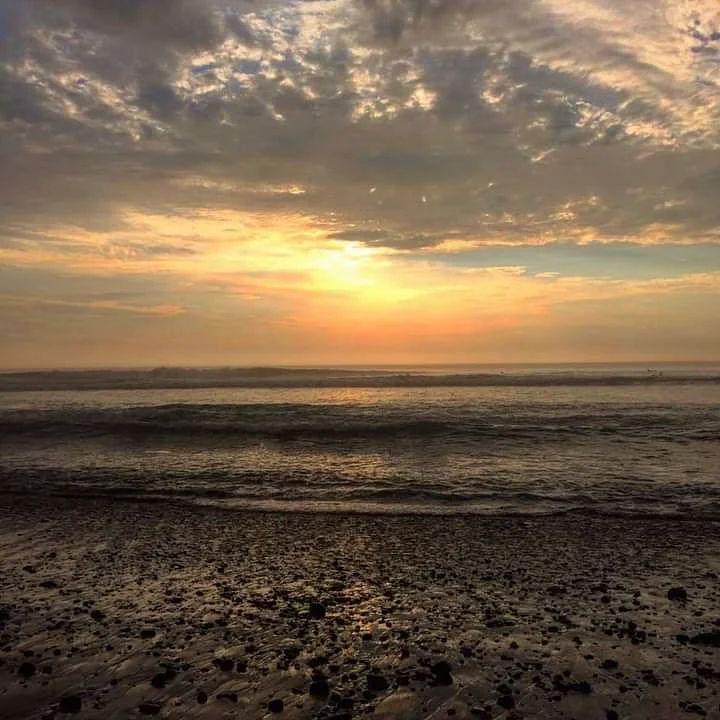
5.- Huaca of the Sun and the Moon
The Huaca del Sol and the Huaca de la Luna, important pre-Inca pyramids, are considered a Moche sanctuary. This archaeological site physically represented the capital of the Moche culture.
They are located one in front of the other divided by a distance of approximately 500 metres. The construction of these pyramids is made entirely of adobe, a material made of mud (clay and sand).
Huaca del Sol. – It is the biggest pyramid of the place with a height of 30 meters, 160 meters wide, 345 meters long, which imposes respect to everyone who passes through the area.
Huaca of the Moon. – It is presumed that it was the main temple of the Moche culture, where rituals of sacrifice to young adults and warriors were performed. However, it also houses beautiful polychrome murals.
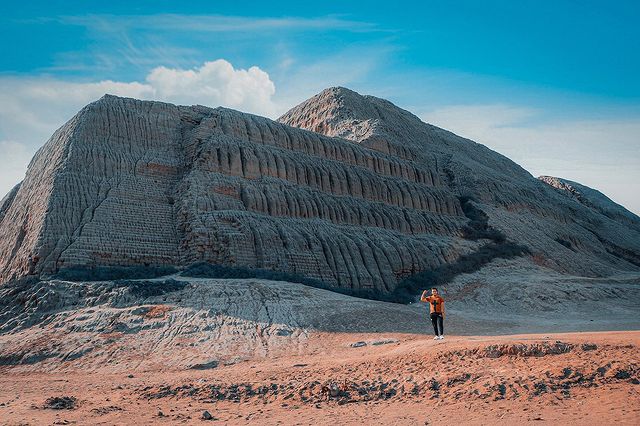


6.- Chan Chan
It is one of the largest cities of the Pre-Columbian era in South America. It is a city with an avant-garde style imposed by the Chimú Kingdom, it is composed of nine small cities whose streets and narrow streets. It is hypothesized that the name Chan Chan comes from the Spanish translation of quingnam (language of the Chimúes) that would be understood as ‘Splendorous Sun’, due to the intense solar exposure to which Chan Chan is exposed.
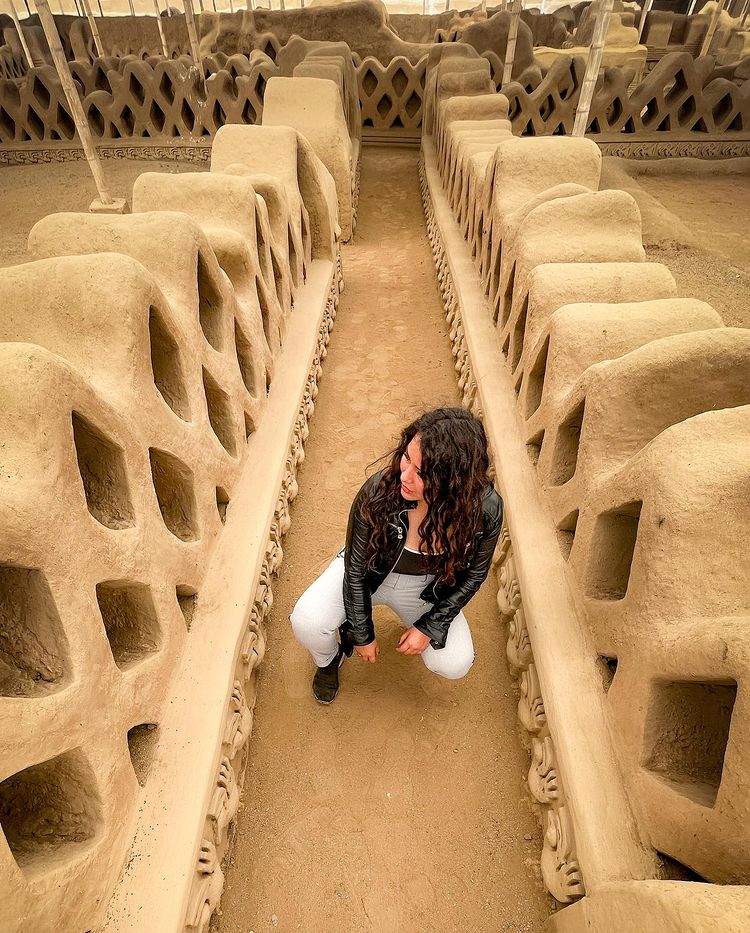
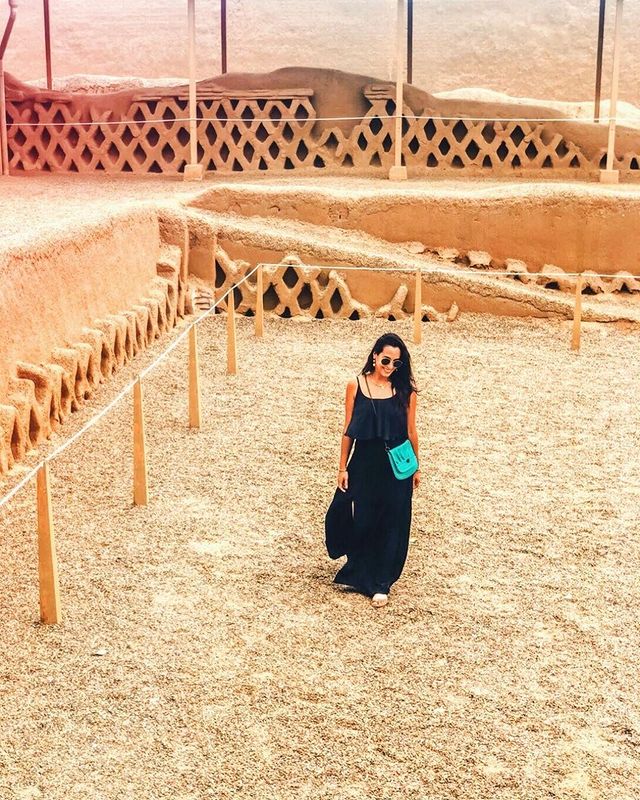

7.-Huaca Rainbow Huaca (Huaca El Dragon)
It belongs to the Chumu culture, being known as Huaca de Cientopies, the Dragon.
It is one of the oldest huacas in the Moche valley and is considered the first settlement of the Wari culture. It has an almost triangular shape and an inclined plane, adobe and mud were used for its construction.
